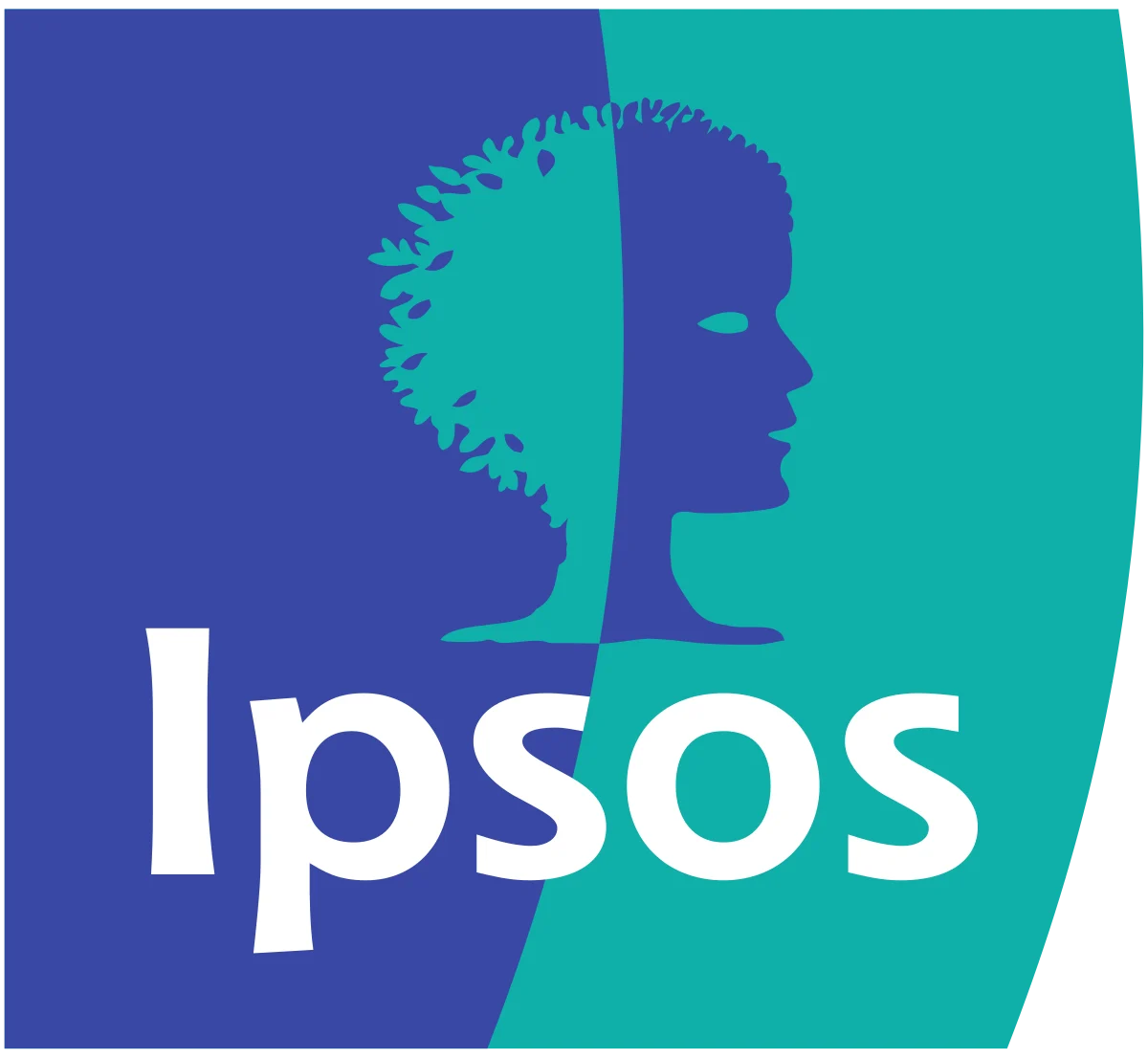THINK
Guided by experts, partnered with esteemed academia, and run through a passionate team, FII Institute's THINK pillar aims to empower the world's brightest minds to identify the solutions that make a difference in lives globally. We do this by collaborating with high-caliber partners, building momentum towards change and pursuing thought leadership in the service of humanity.

HealthyHumanity Initiative
#HealthyHumanity is an initiative launched at FII8, dedicated to building a society where preventive medicine, holistic health, and global wellbeing are not just aspirations but realities. We invite corporations, insurers, governments, and medical equipment manufacturers to join the movement and pioneer FII Institute’s #HealthyHumanity initiative worldwide. By the end of 2025, our goals include:
- Onboarding 100 corporations to provide free preventive health checkups for employees every two years.
- Committing 10 health insurance companies to cover 50% of the preventive health checkup costs.
Join us in creating a healthier tomorrow for everyone.
AI.Inclusive Initiative
Additionally, we will partner with academia and consultancy firms to provide capacity building on AI, collaborate with large tech firms to support the provision of AI tools and training, and work with governments and policymakers to provide tax breaks for these investments and for AI broadly, fostering an AI ecosystem that can scale easily.
Join us in shaping an inclusive future with AI.

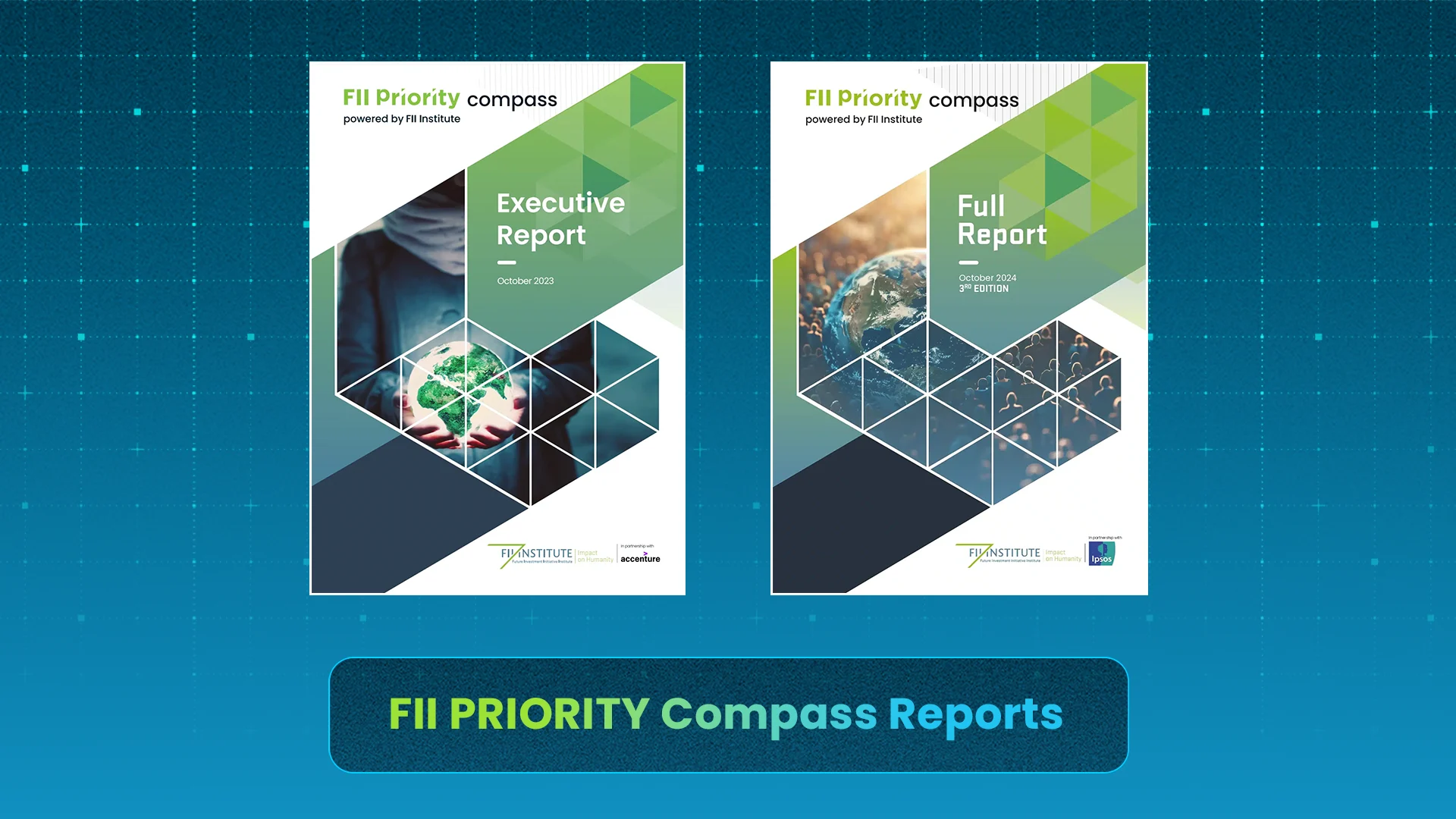
FII PRIORITY Compass 2024
FII Institute reveals the third edition of its FII PRIORITY Compass to deep dive into humanity’s top priorities in 2024.
In partnership with Ipsos, FII Institute surveyed 50,000+ respondents in 24 countries representing 62.5% of the global population.
For the third year in a row, FII Institute uncovers global citizens’ concerns and provides original data to help world leaders and decision makers set the way to concrete solutions.
Download the FII PRIORITY Compass 2024 report and explore key insights on global citizens priorities and explore further details of the survey on: https://fiiprioritycompass.org/
Global Future of Work Compass
Countries around the world are facing critical productivity and labor market challenges from a range of factors including shifting demographics, urbanization, and the rise of technologies.
We are announcing the Global Future of Work Compass which aims to identify the risks and opportunities faced by companies around the globe.
Download The Global Future of Work report and explore key insights on Europe, Latin America and MENA's approach in embracing new technologies and explore further details of the survey on: www.futureofworknavigator.com

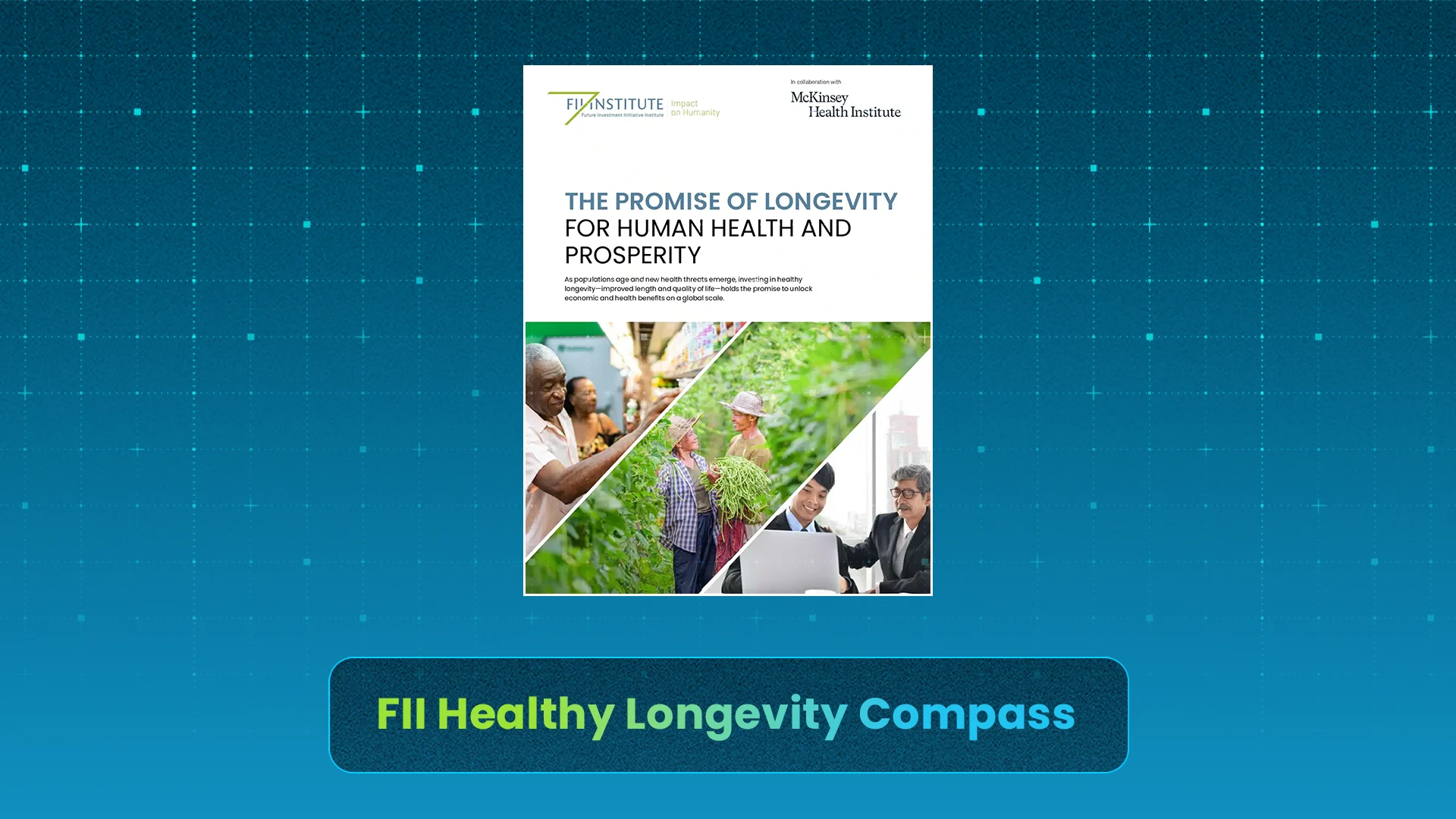
FII Healthy Longevity Compass
WAVE
Powered by the Future Investment Initiative (FII) Institute, and in partnership with the Ministry of Energy of the Kingdom of Saudi Arabia, Wave strives towards the ambitious yet attainable goal of Ocean Regeneration within a Human Generation.
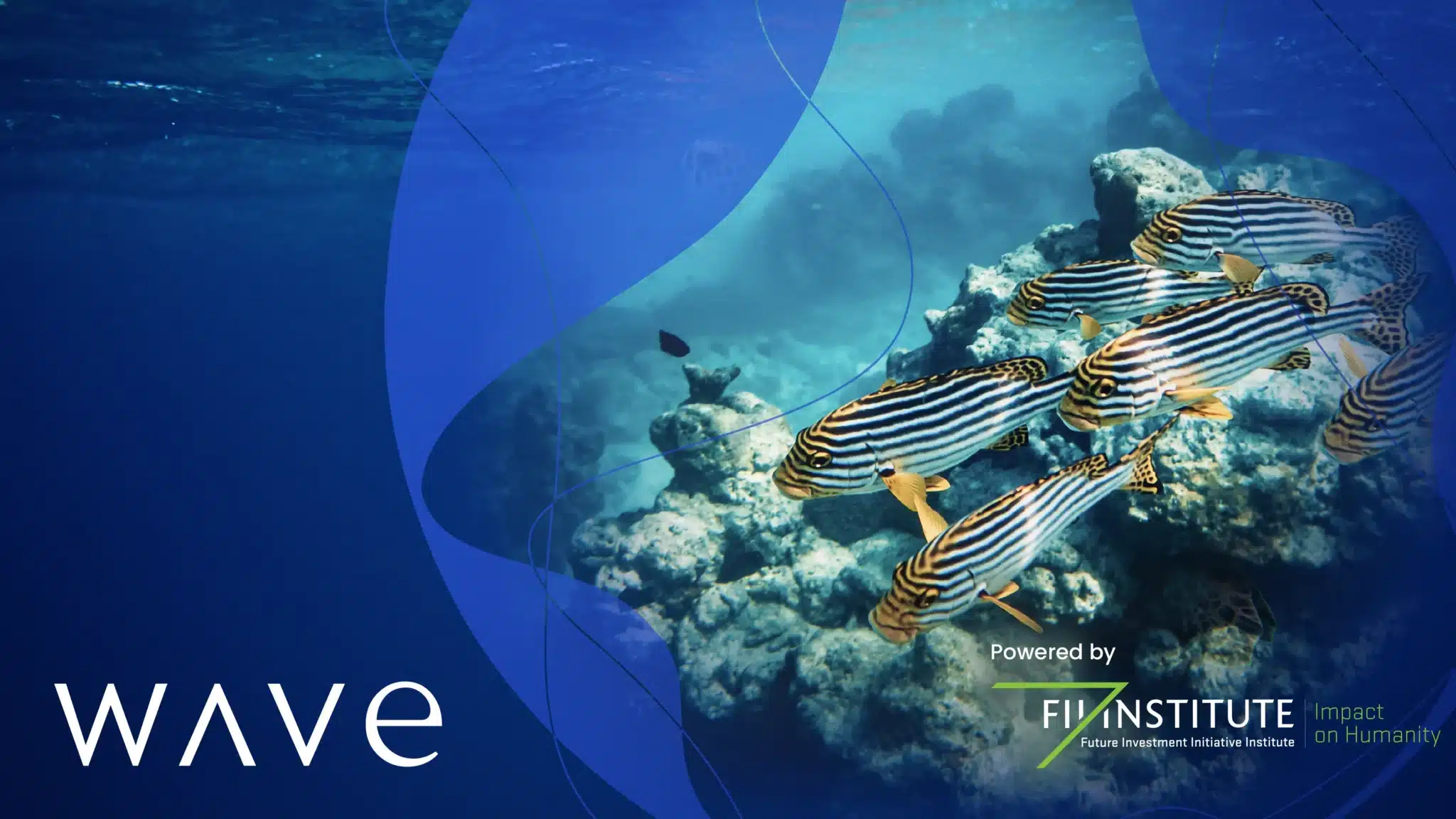
Partnership with Columbia University - AI and the Future of Work
Recent PUBLICATIONS
View All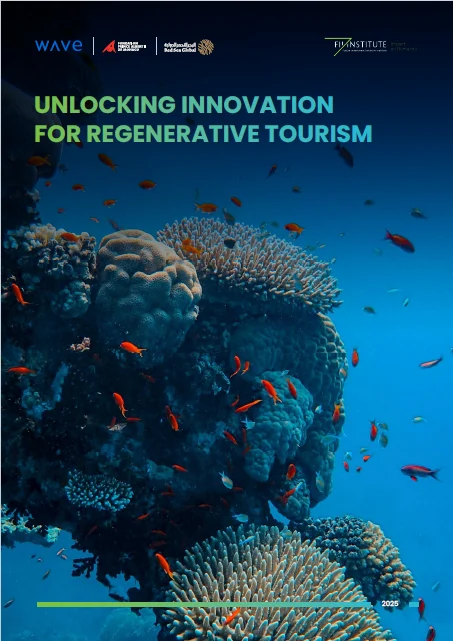
AI & Robotics, Sustainability
UNLOCKING INNOVATION FOR REGENERATIVE TOURISM
Regenerative tourism is positioned at the intersection of economic growth, nature conservation, and community resilience, with 50% of global tourism being coastal. While hospitality leaders recognize the market's potential, many express the need for more data and clarity to confidently engage in this evolving landscape. The report uncovers real-world case studies and corporate use cases that showcase successful regenerative practices, yet highlights significant barriers to widespread adoption. Curious about how regenerative tourism can reshape the future of travel and investment? Discover the insights, challenges, and opportunities that could redefine your understanding of sustainable tourism in this comprehensive report.
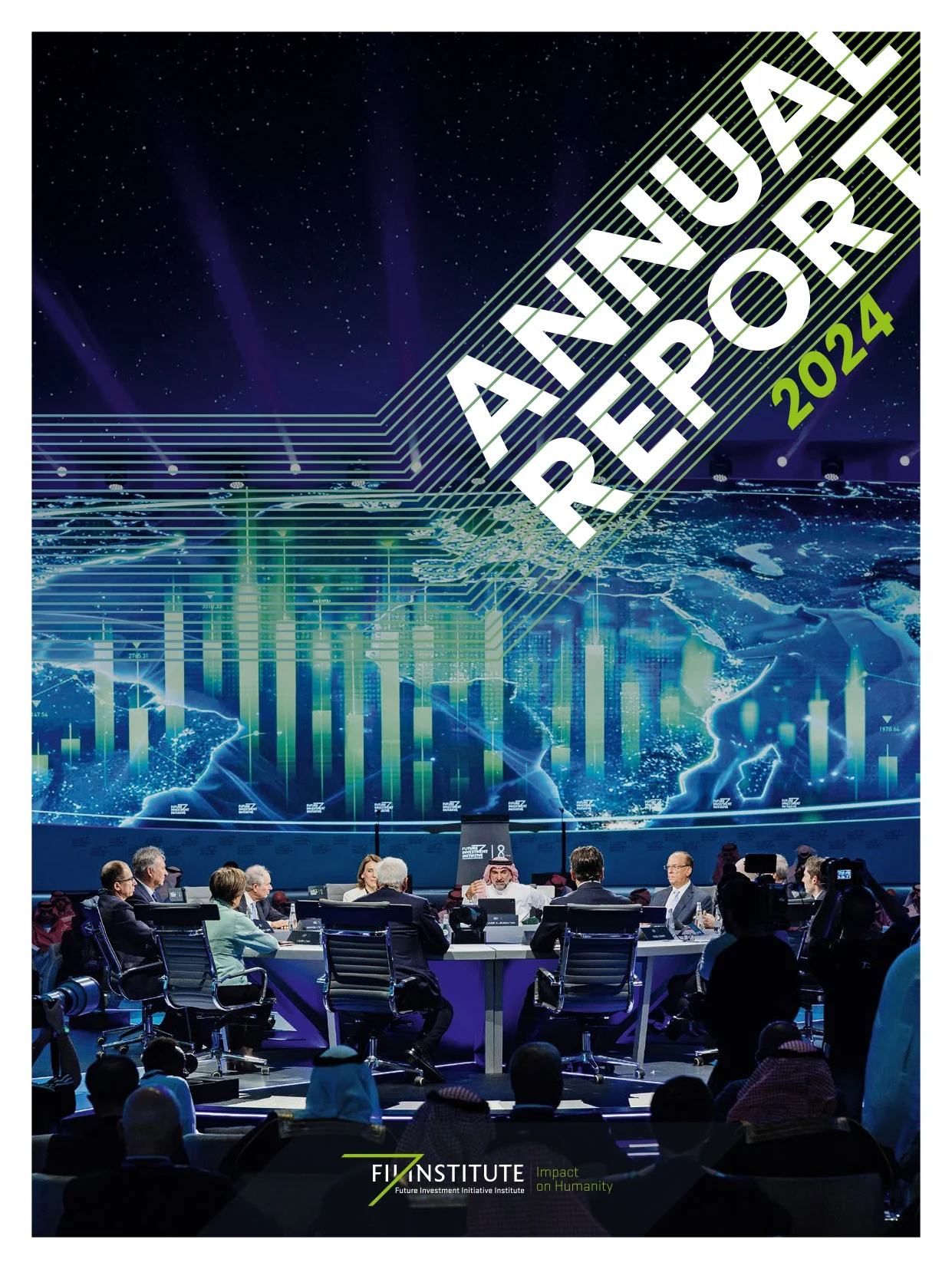
AI & Robotics, Education, Healthcare, Sustainability
2024 FII Institute Annual Report
The FII Institute's Annual Report 2024 highlights its unwavering commitment to creating a sustainable future through impactful initiatives.
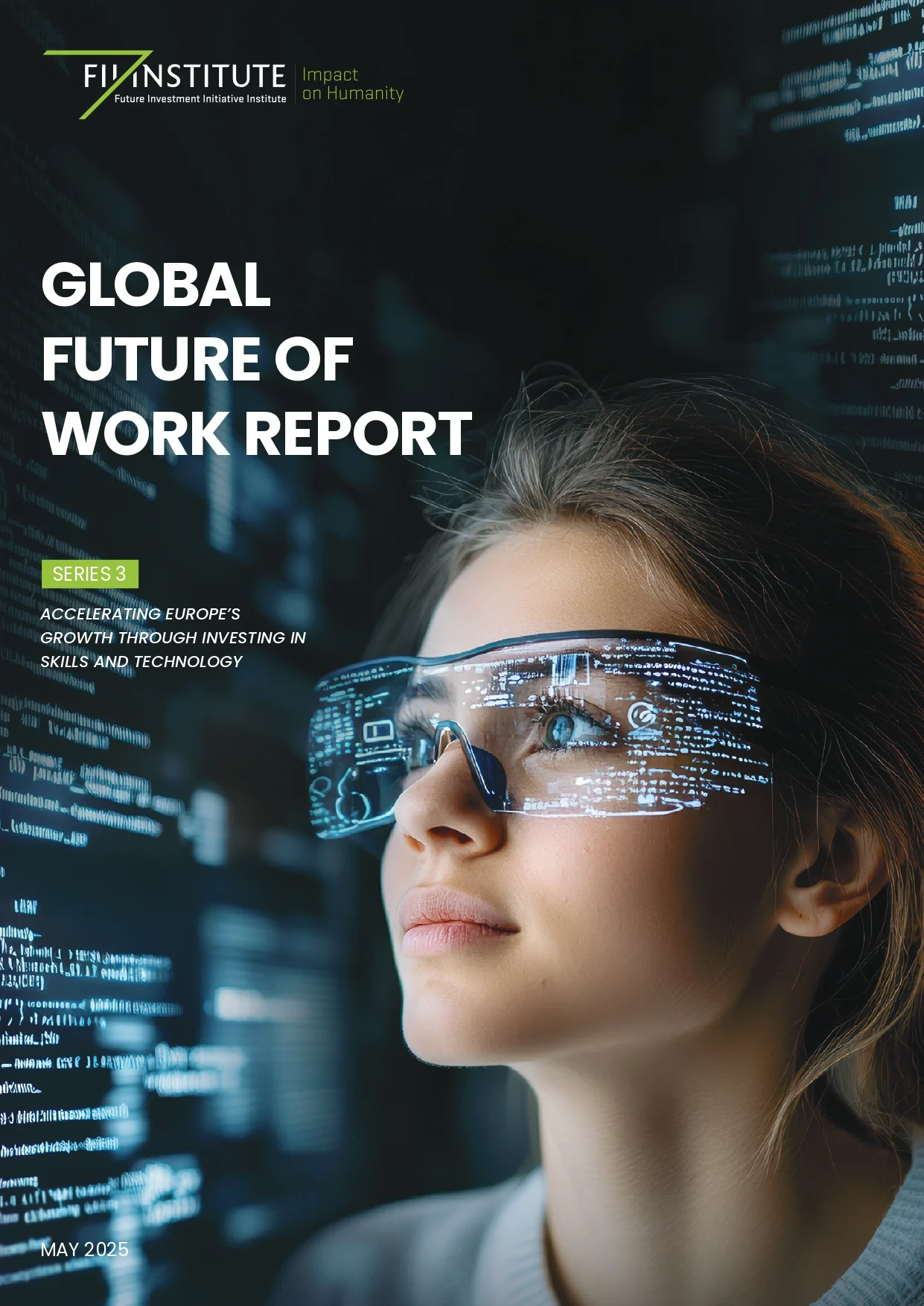
AI & Robotics, Education
Global Future Of Work | Series 3
The FII Institute proudly announces the launch of the third edition of the Global Future of Work Report in the special edition of the FII PRIORITY Europe Summit. This third edition delves into the labor markets of Europe, encompassing the 27 EU member states and Norway, while exploring the influence of advanced technologies on the future of work. The report highlights key challenges in technology adoption, emerging skills demands, and the need for adaptable education systems, providing actionable insights to foster growth and develop future-ready labor markets.


